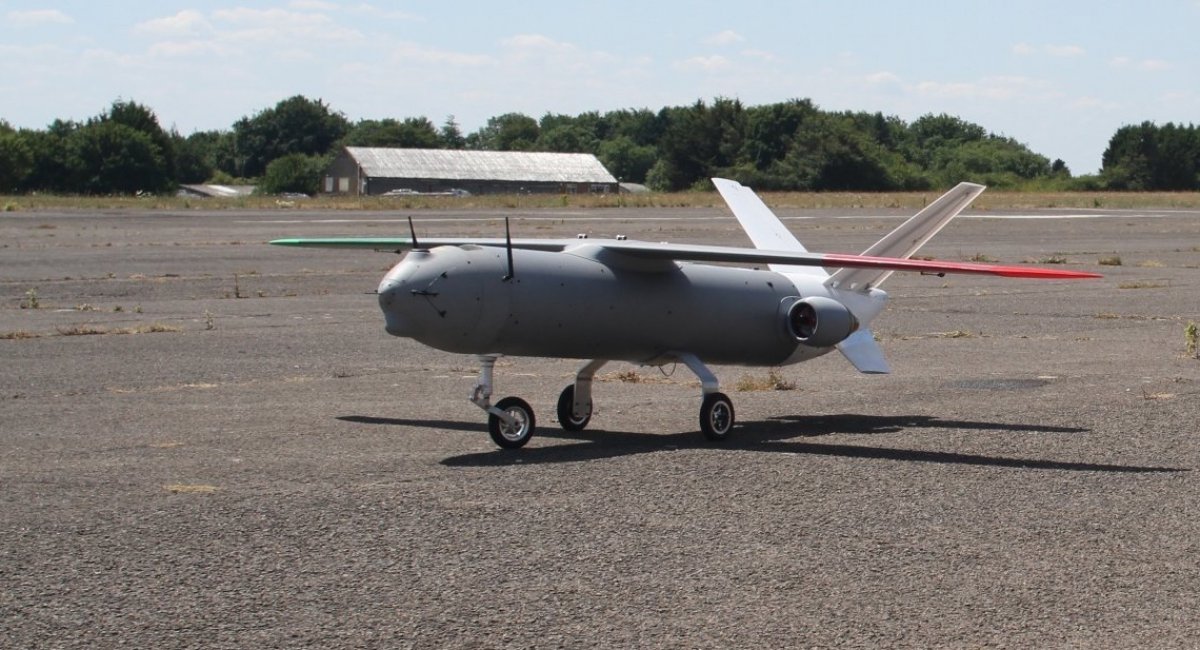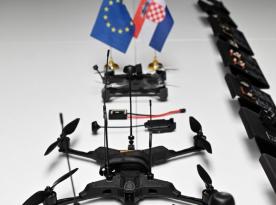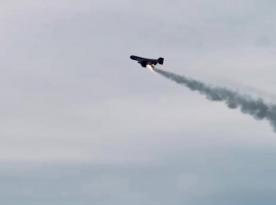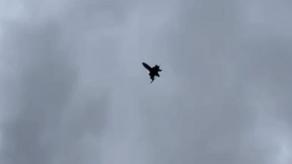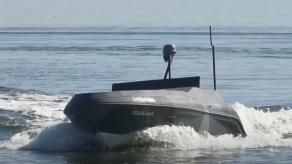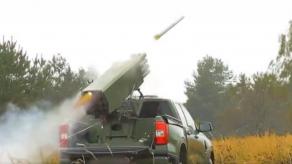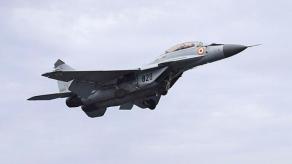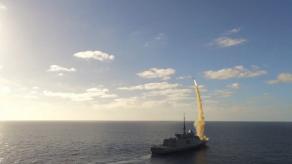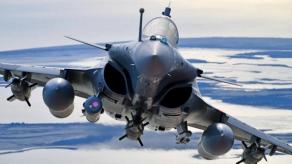Defence Express previously reported that the UK developed an affordable missle drone called SkyShark with a 250 km range for mass licensed production. The developer behind this loitering munition is the defense company MGI Engineering, and the drone's features were detailed in one of our earlier publications.
Now, there's a development in this topic. The same MGI Engineering has unveiled a new loitering munition design that reportedly uses a technological approach inspired by Formula 1 racing, as reported by Janes.
Read more: Why U.S. Copied iranian Shahed Drone — and What Sets It Apart from Pentagon's Other UAV Programs
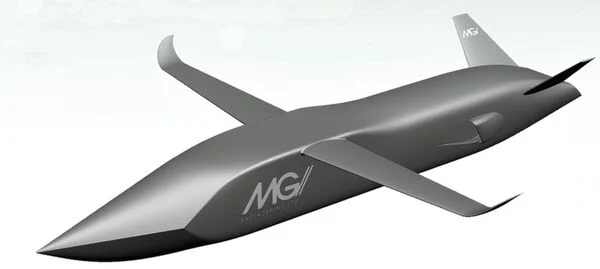
This new kamikaze unmanned aerial vehicle project, named TigerShark, was presented at a showcase event at the Enstone airfield in the UK. While only general details have been disclosed — such as anticipated mass production, integration of UK-made jet and electric propulsion systems, and a flexible, iterative design process — the emphasis on using a Formula 1-style technological approach stands out. This is especially notable considering that MGI Engineering is led by Mike Gascoyne, a former Formula 1 technical director.
This represents an interesting synergy between two distinct technological fields: high-speed motorsport and strike UAV. It is now evaluated how this synergy will play out in practice — whether the UK can indeed create the world's first loitering munition based on Formula 1 technologies.
Specifically, the unconventional approach manifests in the use of "lightweight composite structures, adoption of agile and iterative design process, rapid prototyping, and scalability for low-cost, volume manufacture," Janes journalists explain.
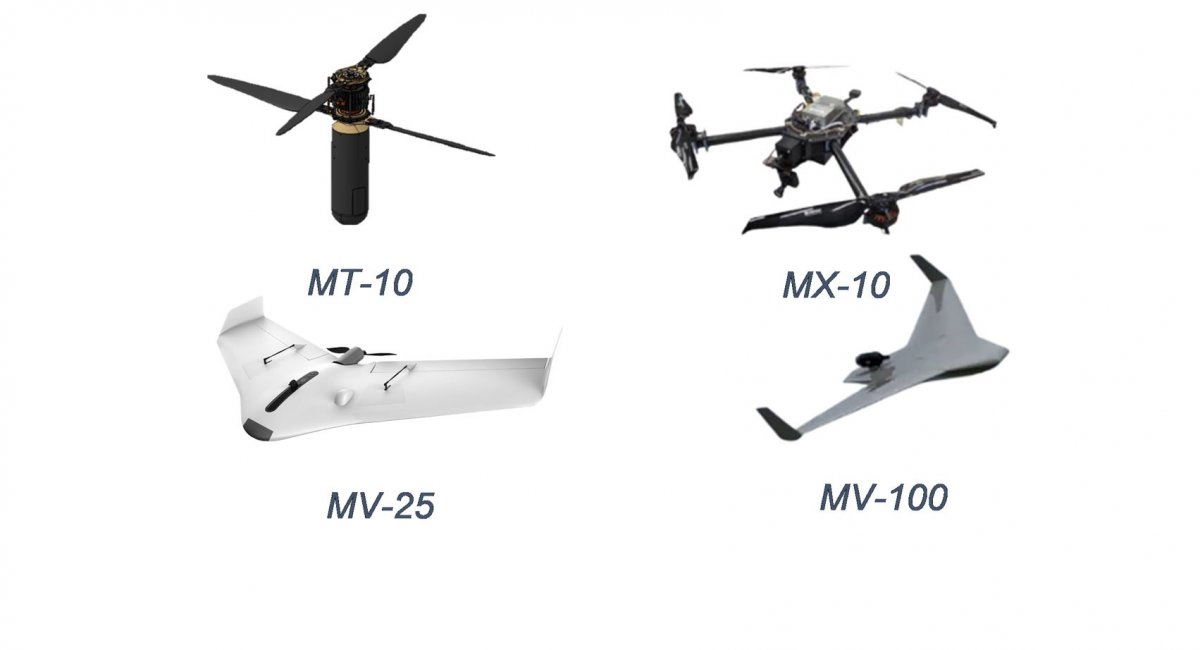
Previously, a similar example came in June 2025 when French Defense Minister Sébastien Lecornu announced that car manufacturer Renault would be involved in UAV production for the Ukrainian Armed Forces. This showcased a promising technological crossover between the automotive and drone industries, especially with the pragmatic approach behind the Mataris loitering munitions, of which only 1,800 units were ordered — an arguably smart move in terms of scalable production.
It's also worth recalling one of the earlier known examples of Formula 1-inspired military tech: the Pookie mine-resistant vehicles in South Africa, produced between 1972 and 1980. These used second-hand racing tires and were known for high crew survivability — 76 were made, 12 were lost. Another case is the use of Formula 1's Active Damping system in the CV90 infantry fighting vehicle, as Defence Express reported previously.
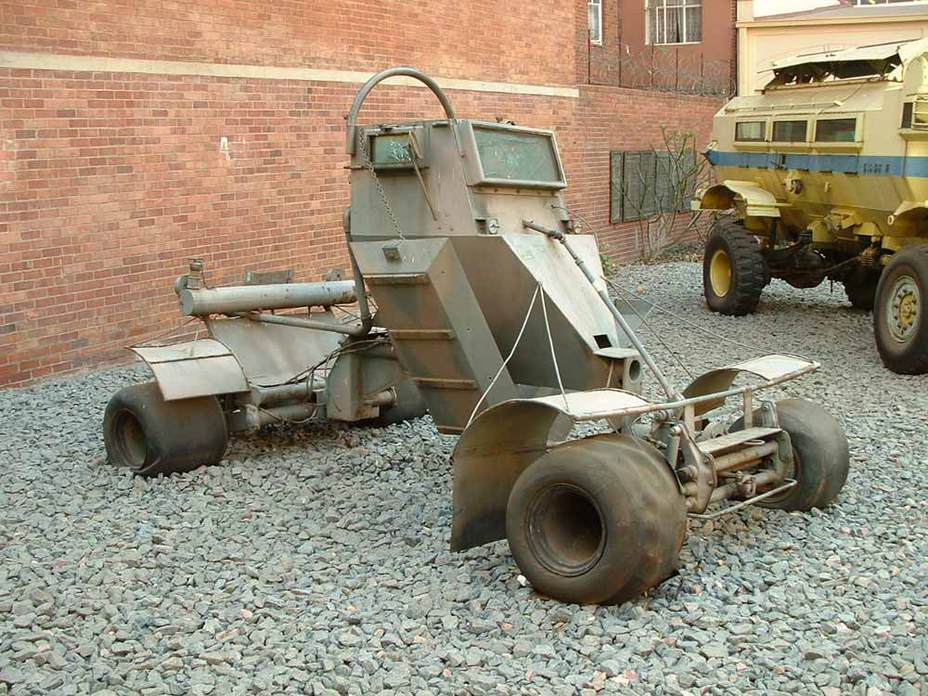
Read more: russians Show Mass Production of Shahed Drones, Involve Students in Assembly



